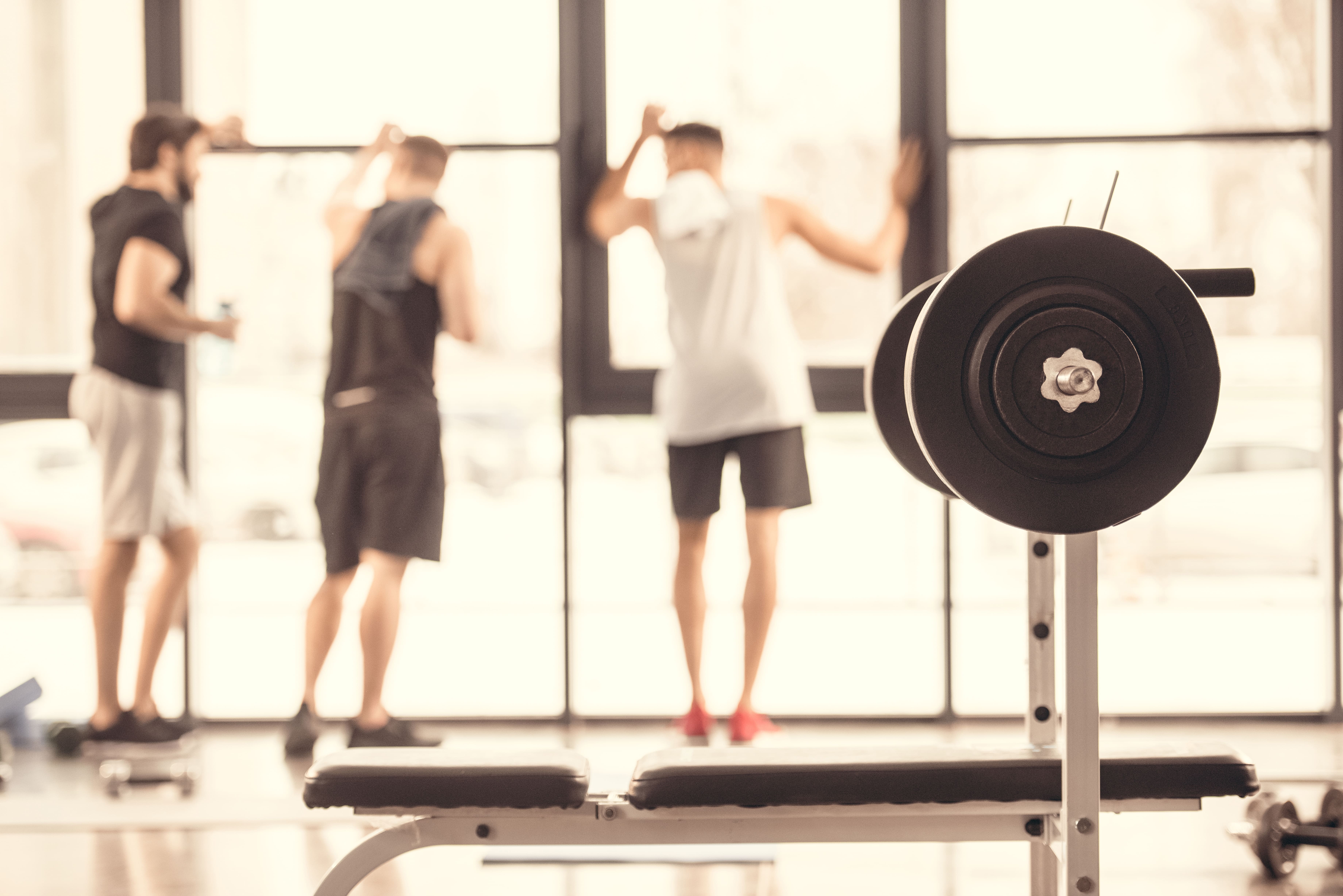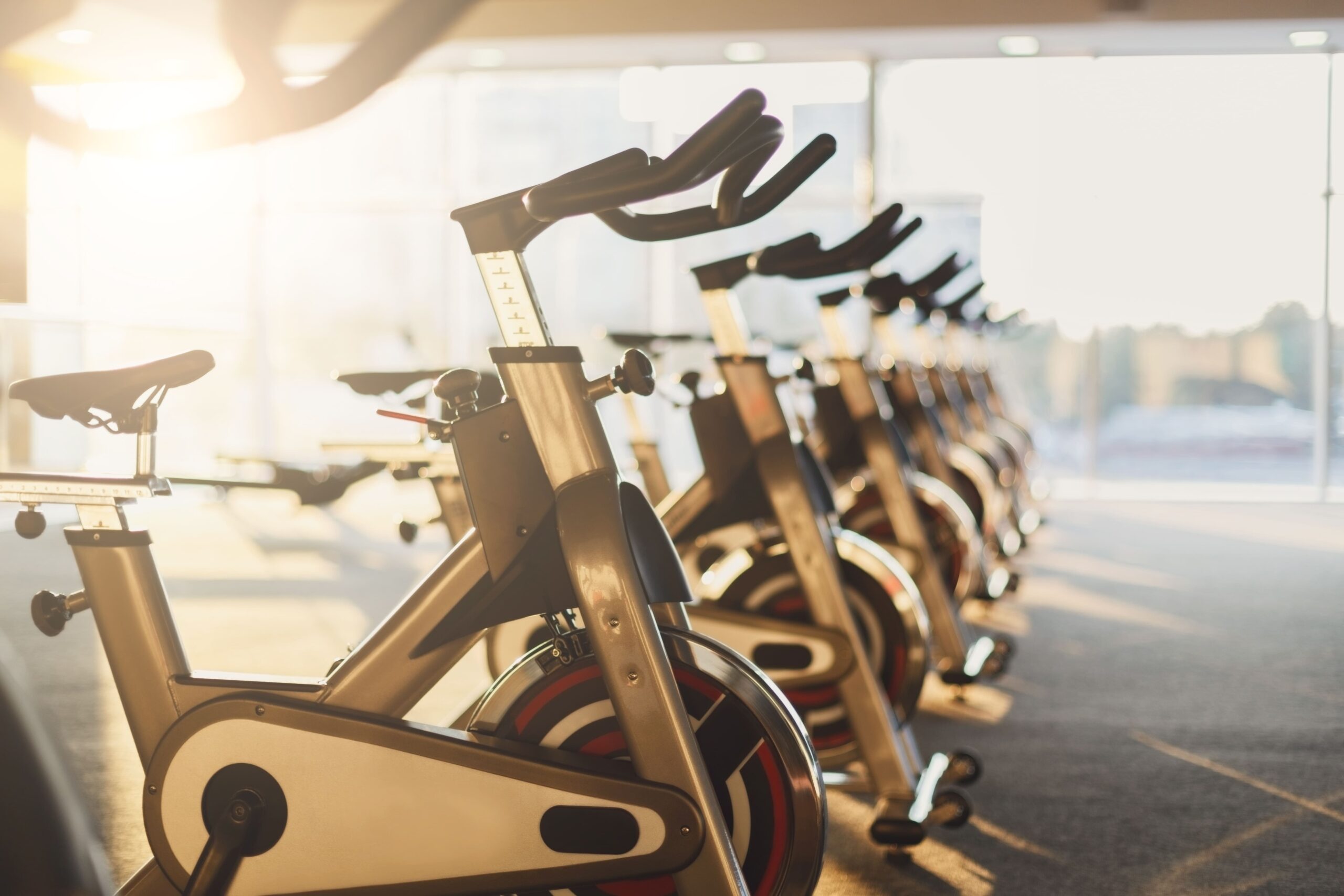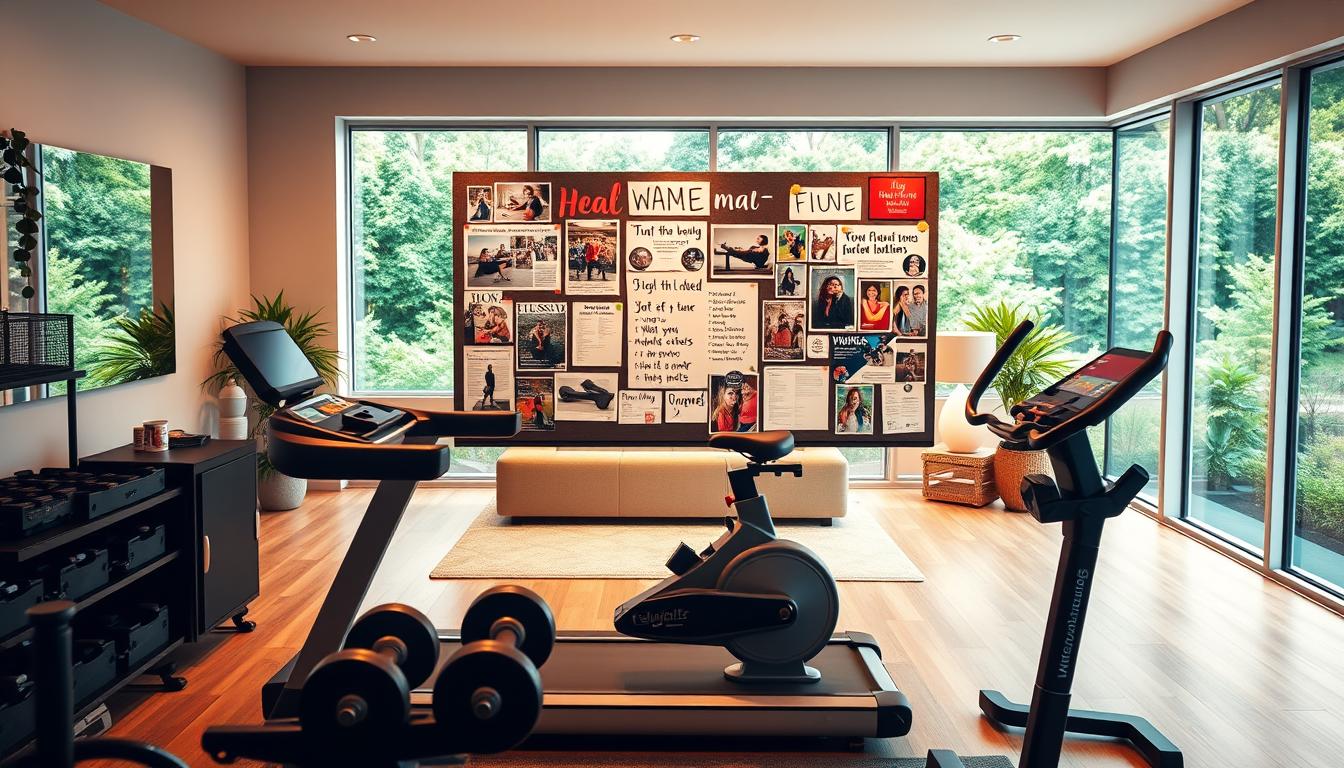Introduction
Finding the perfect exercise routine can feel like searching for a needle in a haystack. With countless options available, how do you choose the one that will give you the most bang for your buck?
In this comprehensive guide, we’ll explore the top contenders for the title of “best overall exercise” and break down why they deserve your attention.
The Criteria for the Best Overall Exercise
When evaluating exercises for their overall effectiveness, we need to consider several key factors:
- Cardiovascular health benefits
- Strength-building potential
- Flexibility and mobility improvements
- Balance and coordination enhancement
- Time efficiency
- Accessibility and adaptability
- Low injury risk
An ideal exercise should tick as many of these boxes as possible, providing a well-rounded approach to fitness that can benefit people of all ages and fitness levels.
Compound Exercises: The Foundation of Fitness
Compound exercises are movements that engage many muscle groups and joints simultaneously. These exercises offer an efficient way to build strength, improve coordination, and boost overall fitness.
Let’s examine some of the top contenders in this category:
Squats: The King of Exercises
Squats are often hailed as the king of exercises, and for good reason. This basic movement engages nearly every major muscle group in your body, with a focus on the lower body and core.
Benefits of squats:
- Builds leg strength and muscle mass
- Improves core stability
- Enhances balance and coordination
- Boosts functional fitness for everyday activities
- Increases bone density
To perform a proper squat:
- Stand with feet shoulder-width apart
- Lower your body as if sitting back into a chair
- Keep your chest up and core engaged
- Push through your heels to return to the starting position
As you progress, you can add variations like jump squats, goblet squats, or barbell back squats to increase the challenge and target different muscle groups.
Deadlifts: The Full-Body Powerhouse
Deadlifts are another compound exercise that offers tremendous benefits for overall strength and fitness. This movement primarily targets the posterior chain – the muscles along the back of your body – and engages your core, arms, and legs.
Benefits of deadlifts:
- Builds overall body strength
- Improves posture and core stability
- Enhances grip strength
- Boosts metabolism and fat burning
- Develops functional strength for everyday activities
To perform a proper deadlift:
- Stand with feet hip-width apart, toes under the barbell
- Hinge at the hips and bend your knees to grasp the bar
- Keep your back straight and chest up
- Drive through your heels and extend your hips to lift the bar
- Lower the bar back to the ground with control
As with squats, there are many variations of deadlifts you can explore, such as Romanian deadlifts, sumo deadlifts, or single-leg deadlifts.
Push-Ups: The Classic Upper Body Builder
Push-ups are a timeless exercise that effectively targets the upper body and core. They need no equipment and can be modified to suit any fitness level.
Benefits of push-ups:
- Strengthens chest, shoulders, and triceps
- Improves core stability
- Enhances upper body endurance
- Boosts functional upper body strength
- Can be done anywhere, anytime
To perform a proper push-up:
- Start in a plank position with hands slightly wider than shoulder-width
- Lower your body until your chest nearly touches the ground
- Keep your core tight and body in a straight line
- Push back up to the starting position
Beginners can start with knee push-ups or wall push-ups, while more advanced exercisers can try variations like diamond push-ups, clap push-ups, or decline push-ups.
High-Intensity Interval Training (HIIT): Maximizing Efficiency
High-Intensity Interval Training has gained immense popularity in recent years because of it’s time efficiency and effectiveness. HIIT involves short bursts of intense exercise followed by periods of rest or lower-intensity activity.
Benefits of HIIT:
- Improves cardiovascular fitness
- Boosts metabolism and fat burning
- Increases endurance
- Time-efficient workouts
- Can be adapted to various exercises and fitness levels
A simple HIIT workout might involve:
- 30 seconds of burpees
- 30 seconds of rest
- 30 seconds of mountain climbers
- 30 seconds of rest
- Repeat for 4-8 rounds
HIIT can be applied to many different exercises, from bodyweight movements to cardio machines like treadmills or stationary bikes. The key is to push yourself to your most effort during the work intervals.
Swimming: The Low-Impact Full-Body Workout
Swimming offers a unique combination of cardiovascular conditioning, strength training, and flexibility work, all with minimal impact on your joints.
Benefits of swimming:
- Provides a full-body workout
- Improves cardiovascular health
- Builds muscle strength and endurance
- Enhances flexibility
- Low-impact exercise suitable for all ages and fitness levels
- Can aid in recovery from other high-impact activities
To get started with swimming for fitness:
- Begin with a comfortable stroke, such as freestyle or breaststroke
- Focus on proper technique and breathing
- Start with shorter distances and gradually increase
- Incorporate interval training for added benefits
As you progress, you can explore different strokes, increase your distance, or try more advanced workouts like sprint intervals or underwater swimming.
Yoga: The Mind-Body Connection
While not typically considered a high-intensity workout, yoga offers unique benefits that make it a strong contender for the best overall exercise.
Benefits of yoga:
- Improves flexibility and mobility
- Builds strength, particularly in the core
- Enhances balance and coordination
- Reduces stress and promotes relaxation
- Can improve sleep quality
- Cultivates mindfulness and body awareness
There are many styles of yoga to choose from, including:
- Hatha: A gentle, basic form of yoga
- Vinyasa: A more dynamic, flowing style
- Power Yoga: A vigorous, fitness-based approach
- Yin Yoga: A slow-paced style focusing on holding poses for longer periods
For beginners, starting with a gentle Hatha or beginner’s Vinyasa class can help build a foundation of basic poses and breathing techniques.
Kettlebell Training: Combining Strength and Cardio
Kettlebell exercises offer a unique blend of strength training and cardiovascular conditioning, making them an excellent choice for overall fitness.
Benefits of kettlebell training:
- Builds full-body strength
- Improves cardiovascular fitness
- Enhances core stability and balance
- Increases power and explosiveness
- Time-efficient workouts
Some basic kettlebell exercises include:
- Kettlebell swings
- Turkish get-ups
- Goblet squats
- Single-arm rows
- Kettlebell snatches
When starting with kettlebells, it’s crucial to focus on proper form to avoid injury. Consider working with a qualified instructor to learn the basics before progressing to more advanced movements.
Rowing: The Full-Body Cardio Powerhouse
Rowing is an often-overlooked exercise that provides an excellent full-body workout with both cardiovascular and strength-building benefits.
Benefits of rowing:
- Engages 86% of your muscles
- Provides both cardiovascular and strength training
- Low-impact exercise
- Improves posture and core strength
- Enhances overall endurance
To get started with rowing:
- Learn proper form on a rowing machine
- Start with shorter intervals and gradually increase duration
- Focus on maintaining a steady pace and rhythm
- Incorporate interval training for added benefits
As you become more comfortable with rowing, you can explore outdoor rowing or join a rowing club for a change of scenery and social interaction.
Creating a Well-Rounded Fitness Routine
While we’ve explored several contenders for the title of “best overall exercise,” the truth is that a well-rounded fitness routine will incorporate elements from many disciplines. Here’s how to create a balanced workout plan:
- Incorporate strength training: Include compound exercises like squats, deadlifts, and push-ups 2-3 times per week.
- Add cardiovascular exercise: Mix in HIIT workouts, swimming, or rowing sessions 2-3 times per week.
- Don’t neglect flexibility and mobility: Include yoga or dedicated stretching sessions 1-2 times per week.
- Focus on recovery: Allow for adequate rest between workouts and incorporate active recovery activities like walking or light swimming.
- Listen to your body: Adjust your routine based on how you feel and your personal goals.
- Progressively overload: Gradually increase the difficulty of your workouts to continue seeing improvements.
- Stay consistent: Regular exercise is key to seeing long-term benefits.
Nutrition and Hydration: Fueling Your Workouts
No discussion of the best overall exercise would be finish without addressing the importance of proper nutrition and hydration. Your body needs the right fuel to perform at it’s best and recover effectively.
Key nutrition tips:
- Eat a balanced diet with plenty of fruits, vegetables, lean proteins, and whole grains.
- Stay hydrated by drinking water throughout the day and during workouts.
- Consume a mix of carbohydrates and protein before and after workouts to support energy levels and recovery.
- Consider supplementing with vitamins and minerals if you have any deficiencies.
Remember, you can’t out-exercise a poor diet. Proper nutrition is essential for seeing the full benefits of your workout routine.
The Importance of Rest and Recovery
While finding the best overall exercise is important, it’s equally crucial to prioritize rest and recovery. Overtraining can lead to burnout, injury, and decreased performance.
Tips for effective recovery:
- Get adequate sleep (7-9 hours per night for most adults)
- Incorporate active recovery days with light activities like walking or gentle yoga
- Use foam rolling or massage to help reduce muscle soreness
- Listen to your body and take extra rest days when needed
- Consider stress-reduction techniques like meditation or deep breathing exercises
Adapting Your Routine to Different Life Stages
The best overall exercise for you may change throughout your life. It’s important to adapt your routine to your current needs and abilities.
For young adults:
Focus on building a strong foundation with compound exercises and high-intensity workouts. This is a great time to explore different sports and activities to find what you enjoy most.
For middle-aged adults:
Maintain strength and flexibility while paying attention to joint health. Incorporate more low-impact activities like swimming or cycling, and focus on maintaining muscle mass through strength training.
For older adults:
Prioritize exercises that improve balance, maintain bone density, and support overall functional fitness. Activities like tai chi, water aerobics, and gentle strength training can be excellent choices.
Overcoming Common Obstacles
Even with the best intentions, obstacles can arise that make it challenging to stick to your exercise routine. Here are some common issues and how to address them:
Lack of time:
- Break workouts into shorter, more frequent sessions
- Incorporate exercise into your daily routine (e.g., taking the stairs, walking during phone calls)
- Use HIIT workouts for time-efficient training
Lack of motivation:
- Set specific, achievable goals
- Find a workout buddy or join a fitness class for accountability
- Track your progress to stay motivated
Injuries or physical limitations:
- Work with a physical therapist or qualified trainer to change exercises
- Focus on low-impact activities like swimming or yoga
- Gradually build up strength and flexibility
Boredom:
- Try new exercises or workout styles regularly
- Set new challenges for yourself
- Join group fitness classes or sports teams for variety and social interaction
Frequently Asked Questions
What is the most effective exercise for weight loss?
While many exercises can contribute to weight loss, high-intensity interval training (HIIT) has been shown to be particularly effective because of it’s ability to boost metabolism and burn calories both during and after the workout.
How often should I exercise to see results?
For general health benefits, aim for at least 150 minutes of moderate-intensity exercise or 75 minutes of vigorous-intensity exercise per week. For more significant fitness improvements or weight loss, you may need to increase this amount.
Can I get fit just by doing bodyweight exercises?
Yes, bodyweight exercises like push-ups, squats, and lunges can provide an excellent full-body workout. However, for optimal results, it’s useful to incorporate a variety of exercise types, including cardio and flexibility work.
Is it better to exercise in the morning or evening?
The best time to exercise is when you can consistently fit it into your schedule. Some people prefer morning workouts to start their day energized, while others find evening workouts help them de-stress after work.
Choose a time that works best for you and stick to it.
How long does it take to see results from exercise?
You may start feeling better and more energized within a few weeks of starting a new exercise routine. Physical changes, such as increased muscle tone or weight loss, typically become noticeable after 6-8 weeks of consistent exercise.
Can exercise help reduce stress and improve mental health?
Yes, regular exercise has been shown to reduce stress, anxiety, and symptoms of depression. It can also improve sleep quality and boost overall mood and cognitive function.
Is it necessary to warm up before exercising?
Yes, warming up is crucial for preparing your body for exercise and reducing the risk of injury. A good warm-up should include light cardio to increase heart rate and dynamic stretches to improve flexibility.
How can I prevent injuries while exercising?
To prevent injuries, start slowly and gradually increase the intensity and duration of your workouts. Focus on proper form, warm up before exercising, cool down afterward, and listen to your body.
If something feels painful, stop and consult a healthcare professional if necessary.
Can I exercise if I have a chronic health condition?
In many cases, exercise can be useful for managing chronic health conditions. However, it’s important to talk to your healthcare provider before starting a new exercise program.
They can provide guidance on safe and suitable exercises for your specific condition.
How much water should I drink during exercise?
The amount of water you need depends on factors like the intensity and duration of your workout, as well as the temperature and humidity. As a general guideline, aim to drink 17-20 ounces of water 2-3 hours before exercise, 8 ounces during warm-up, 7-10 ounces every 10-20 minutes during exercise, and 8 ounces within 30 minutes after exercise.
Key Takeaways
- The best overall exercise combines many fitness components, including strength, cardio, flexibility, and balance.
- Compound exercises like squats, deadlifts, and push-ups offer effective, full-body workouts.
- High-Intensity Interval Training (HIIT) provides time-efficient, effective workouts for busy individuals.
- Swimming offers a low-impact, full-body workout suitable for all fitness levels.
- Yoga provides unique benefits for flexibility, strength, and mental well-being.
- A well-rounded fitness routine should incorporate elements from many disciplines.
- Proper nutrition, hydration, and recovery are essential components of any effective exercise program.
- Adapt your exercise routine to your current life stage and physical abilities.
- Consistency is key – find exercises you enjoy and can stick with long-term.
- Always prioritize proper form and gradual progression to maximize benefits and prevent injury.



